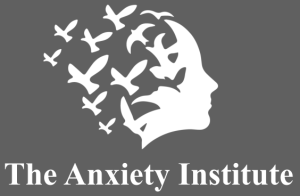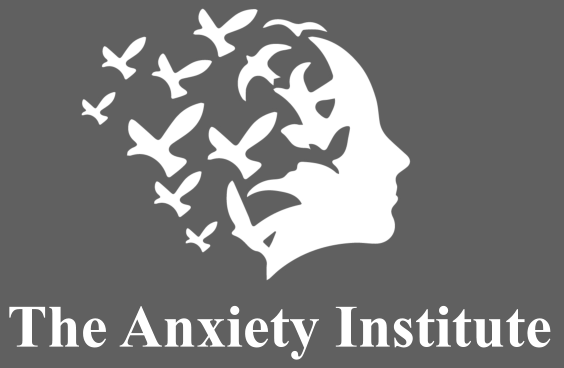Specific Phobias
The term ‘phobia’ traces its roots back to the Greek word ‘phobos’, which means flight, and is linked to the Greek deity Phobos, known for his ability to instill fear and panic in his adversaries. While fear is a universal emotion experienced by humans in response to threatening situations, it escalates into a phobia for some individuals.
Phobias are marked by profound physiological and emotional responses to anxiety, coupled with a strong inclination to flee or avoid specific triggers.
The anxiety experienced by someone with a phobia is disproportionately intense compared to the actual threat posed by the situation or object. Despite recognizing the irrationality of their fear, individuals with phobias are unable to alleviate their anxiety through logical reasoning
Encountering or even the thought of encountering the feared object or situation can trigger an overwhelming anxiety response, potentially culminating in a panic attack.
This intense fear leads to either complete avoidance of the feared entity or enduring it with extreme apprehension, along with anticipatory anxiety at the prospect of facing the feared situation.
Phobias often revolve around the fear of potential harm that could arise from the object or situation, as well as fears related to losing control, experiencing a panic episode, or fainting in the face of the phobic trigger. The accompanying feelings of embarrassment and shame further exacerbate the distress associated with the phobia.
The impact of phobias on an individual’s life can range significantly. For some, phobias concerning objects or situations that are seldom encountered may cause minimal disruption. For instance, fears of snakes or deep waters might not significantly affect the daily routines of individuals living in suburban areas.
However, phobias targeting more commonplace objects or situations can profoundly influence a person’s life, making phobic anxiety and avoidance behaviors a constant presence. Common examples include claustrophobia (fear of enclosed spaces), acrophobia (fear of heights), nyctophobia (fear of darkness), brontophobia (fear of storms), hemophobia (fear of blood), hydrophobia (fear of water), and autophobia (fear of being alone).
When phobias lead to persistent distress, severely limit an individual’s life choices and freedom, or result in panic attacks, they are classified as anxiety disorders.
In summary, specific phobias involve an intense, irrational fear of particular objects or situations, significantly impacting an individual’s emotional well-being and daily functioning.
Understanding and addressing these fears is crucial for managing their effects and improving the quality of life for those affected.

